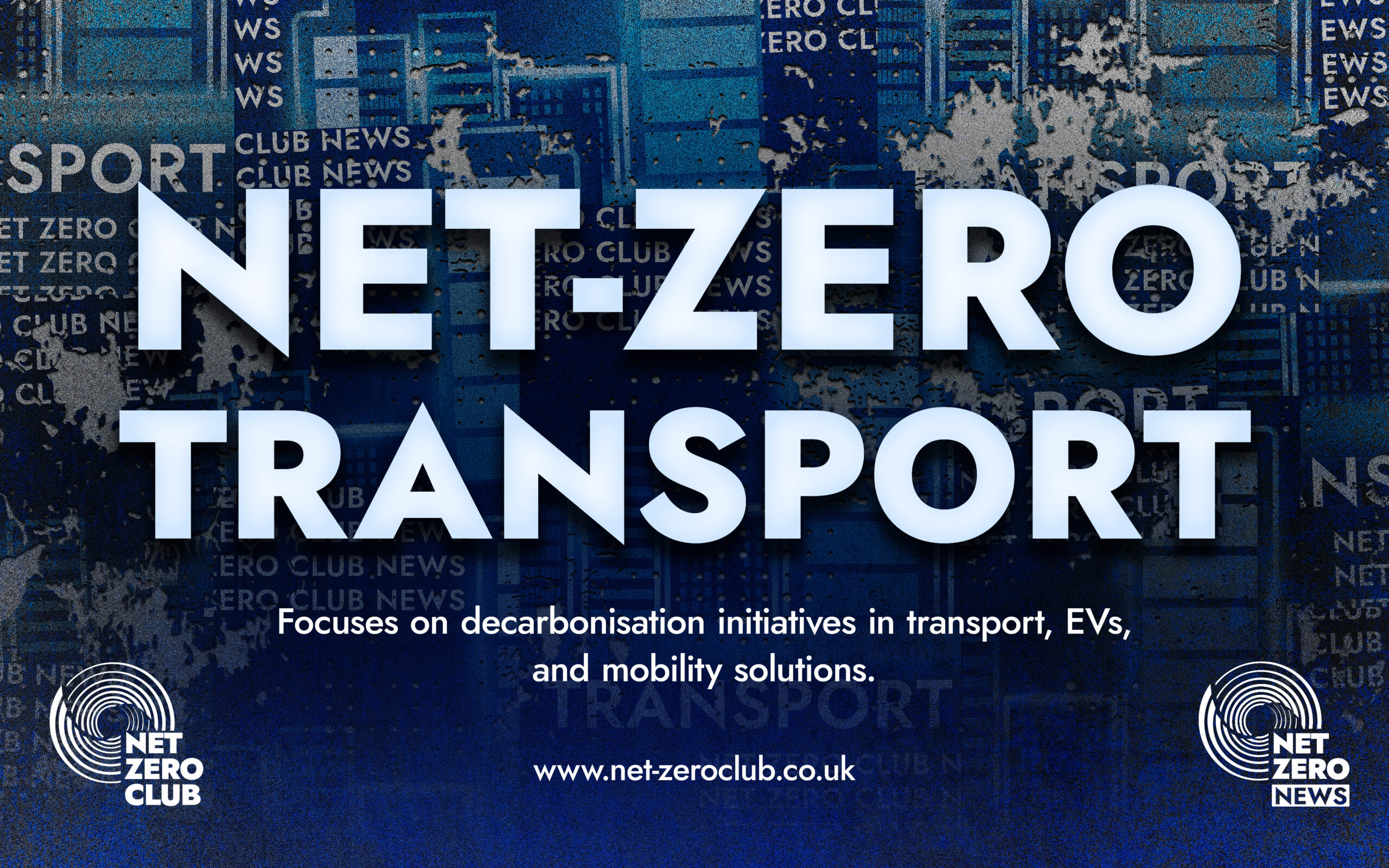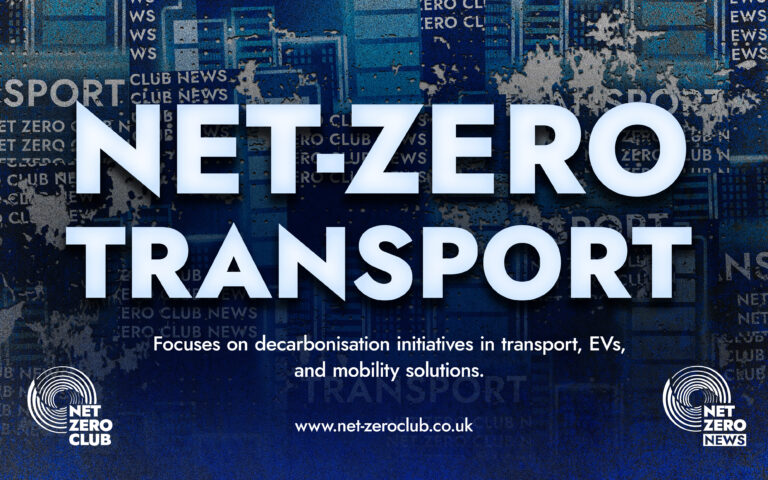Volvo Celebrates One Million Plug-in Hybrids Sold!

Welcome, Net Zero News readers,
In an impressive leap towards a greener future, Volvo has recently celebrated a significant milestone by delivering its one millionth plug-in hybrid electric vehicle (PHEV). This achievement not only underscores Volvo’s commitment to electrification but also positions the Swedish automotive giant as a leader in the drive towards sustainable transport.
Among its peers, Volvo boasts the highest proportion of PHEV sales relative to its total sales figures when compared to all legacy premium car manufacturers. This remarkable feat is a testament to the brand’s innovative spirit and its proactive approach to meeting the evolving demands of environmentally conscious consumers.
For over a decade, Volvo has been at the forefront of PHEV production. The company believes that plug-in hybrids play a pivotal role in bridging the gap for drivers who may not yet be ready to transition to fully electric vehicles. This strategy reflects a nuanced understanding of consumer behaviour and the various stages of the transition to electric mobility.
In recent years, the demand for Volvo’s PHEVs has surged dramatically, with sales climbing from nearly 46,000 units in 2019 to a staggering 177,000 units projected for 2024. This growth has been particularly driven by the popularity of the XC60 and XC90 PHEV models across all major sales regions, demonstrating the global appeal of Volvo’s hybrid offerings.
In fact, plug-in hybrids accounted for an impressive 23% of Volvo Cars’ global sales during the first half of 2025. This statistic highlights not only the increasing acceptance of PHEVs among consumers but also the effectiveness of Volvo’s strategy to offer a diverse range of vehicles tailored to various customer needs.
“Volvo Cars is committed to a fully electric future, and we will get there at a pace that suits our customers,” stated Erik Severinson, the Chief Commercial Officer at Volvo Cars. “Our plug-in hybrid cars are a crucial bridge towards that future for those customers who are not yet ready to go fully electric.”
While some critics argue that PHEVs may not be as environmentally friendly as they are often portrayed—pointing to instances where drivers fail to charge them—internal data from Volvo tells a different story. The company has found that many Volvo PHEV users operate their vehicles in a manner akin to fully electric cars, particularly in urban settings. On average, drivers of Volvo PHEVs utilise electric power for approximately half of their total driving time, underscoring the efficacy of these hybrid models in reducing carbon footprints.
“While we invest and grow our presence in the expanding premium fully electric segment, we will also continue to update and refresh our hybrids,” Severinson further explained. “This approach allows us more time to establish robust charging infrastructure, thereby easing the transition to a fully electric world.”
Volvo’s journey into the world of plug-in hybrids began in 2012 with the launch of its first PHEV, a diesel variant of the V60 estate. For several years, Volvo stood out as the only global automaker to offer a PHEV version of every model in its line-up, demonstrating its commitment to hybrid technology long before it became a trend.
Currently, the company provides PHEV options across five different models, alongside a diverse range of six fully electric vehicles. This comprehensive approach allows customers to choose from a variety of eco-friendly options tailored to their lifestyle and driving habits.
Volvo remains committed to expanding its PHEV offerings, as evidenced by the recent launch of the XC70 SUV. This model, currently available in China and expected to arrive in Europe and the UK soon, is touted as Volvo’s first long-range plug-in hybrid, boasting an electric-only range exceeding 200km (124 miles) under the China Light-Duty Vehicle Test Cycle (CLTC).
In 2024, the XC60 emerged as the best-selling PHEV in Europe, leading the premium PHEV segment globally for three consecutive years. Its popularity shows no signs of waning, as it continues to dominate the market in 2025. Both the XC60 and XC90 were refreshed last year, further enhancing their appeal in key markets such as Sweden, the United States, and China.
As we navigate the complexities of the transition to electric mobility, Volvo’s successful journey in the PHEV market serves as a beacon of hope and inspiration. By prioritising innovation and customer needs, the brand is not just making strides towards a sustainable future but is also paving the way for a more inclusive approach to electrification.
As the automotive industry evolves, it is crucial for brands to remain adaptable and responsive to consumer preferences. Volvo’s strategy of leveraging PHEVs as a vital stepping stone towards fully electric vehicles illustrates a keen understanding of this dynamic landscape. With robust sales figures and a commitment to sustainability, Volvo is not just keeping pace with the competition; it is setting the standard for what it means to be a responsible manufacturer in today’s environmentally conscious market.
In conclusion, the milestone of delivering its one millionth plug-in hybrid marks an exciting chapter in Volvo’s electrification journey. As the company continues to innovate and adapt to the changing automotive landscape, it remains a significant player in the pursuit of a net-zero future. For drivers looking to make the shift towards sustainability, Volvo offers not only a range of hybrid and electric options but also a promise of commitment to a cleaner, greener world.
As we reflect on Volvo’s achievements, let us also consider the broader implications for the automotive industry and the essential steps needed to foster a sustainable future. The transition to electric mobility is not merely a trend; it is a necessary evolution that requires collaboration, innovation, and a shared vision for a cleaner planet.
Thank you for joining us in exploring this exciting development in the world of sustainable transportation. Stay tuned for more updates as we continue to cover the latest in the quest for net-zero emissions and the innovations driving us towards a brighter, more sustainable future.

 Got net-zero news, project updates, or product launches to share?
Got net-zero news, project updates, or product launches to share? 